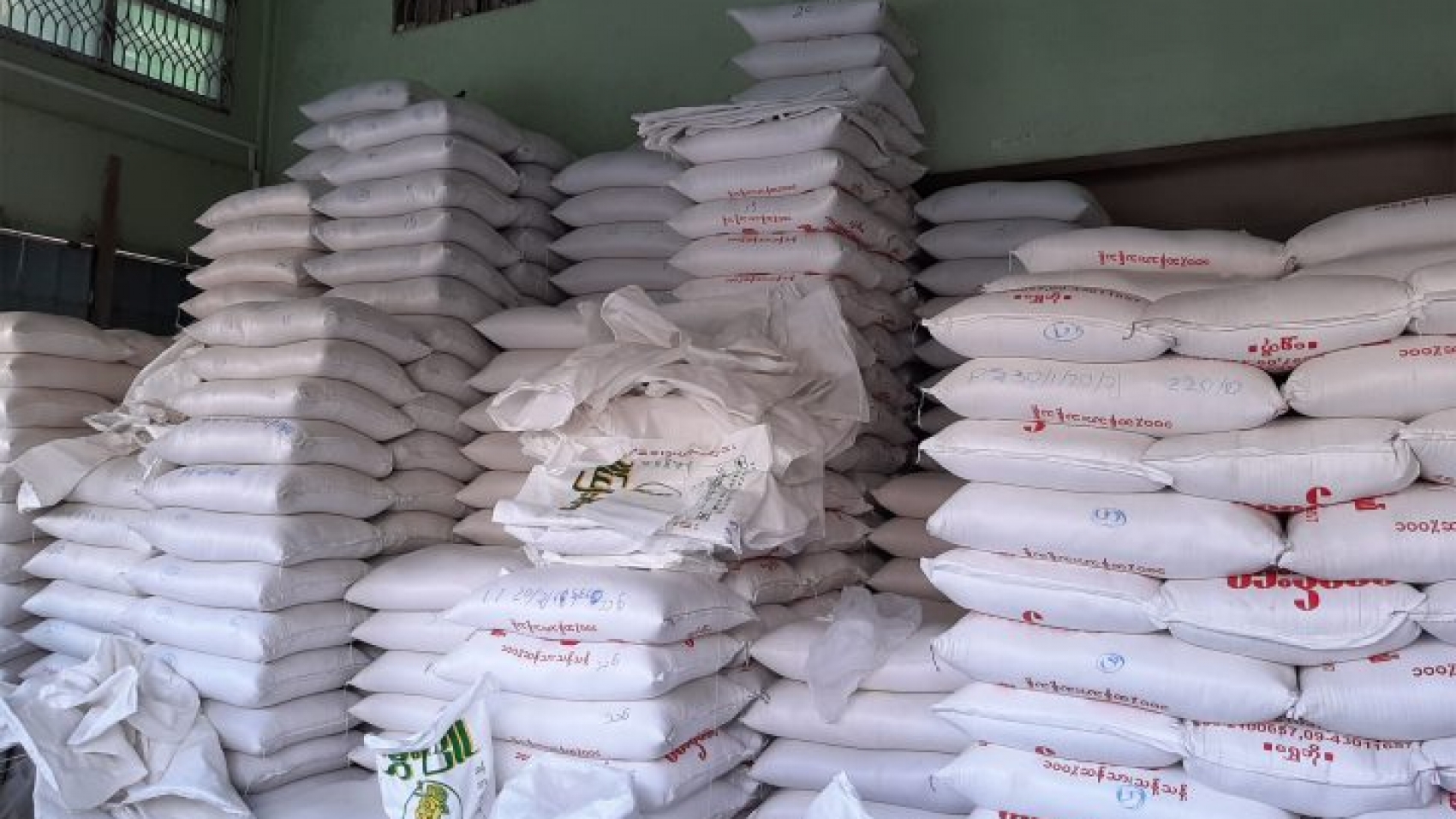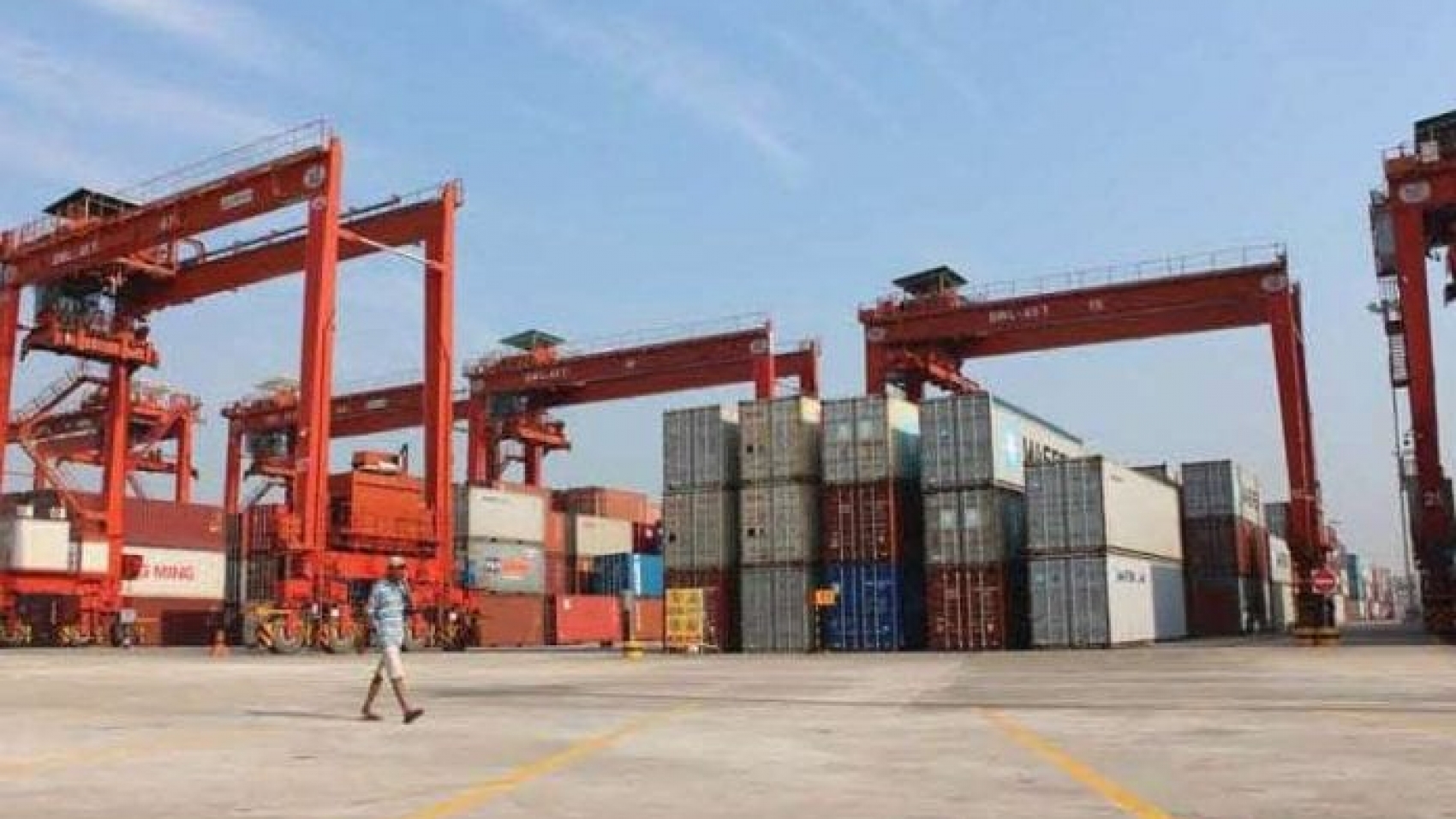The price of exported low-quality rice cannot go up and is fixed at only K23,000 per 108-pound bag because of the bank withdrawal restriction, said Secretary U Than Oo of the Bayintnaung Rice Wholesale Centre. Although the rice traders have money in their savings account, they are limited in the withdrawal of cash from their accounts. Thus, they are being faced with limited trading and cannot make cash payment for their trading. As for our exporters, we are trading the rice with foreign currency.
Then, people have exchanged foreign currency for Myanmar Kyat and have to wait to get the cash from the bank. They have cash in our saving accounts. But they cannot withdraw enough amount of cash from the bank. They have tried to connect with the Myanmar Economic Bank and other private banks. Even the connected banks are not able to pay the cash. They have to pay for the rice here, but they cannot withdraw the money from the bank. This is the reason why the price of the rice cannot go up. Besides, there are only a few companies that buy rice to export.
The companies are also buying rice to export it to Bangladesh. Therefore, the price of the exported rice is not very competitive. The price is not competitive in the rice market. Earlier, the purchasers bought the rice through border trade. The retail sellers bought back from the traders as well. The rice exporters have different foreign markets such as the European market, Asian market and Bangladesh market. Only a competitive market makes the rice sell well, and the price has also gone up. About 80,000 rice and broken rice bags were earlier traded daily at the Bayintnaung Rice Wholesale Centre. But the trade volume plummeted to about 30,000 bags at present.
Source: The Global New Light of Myanmar




